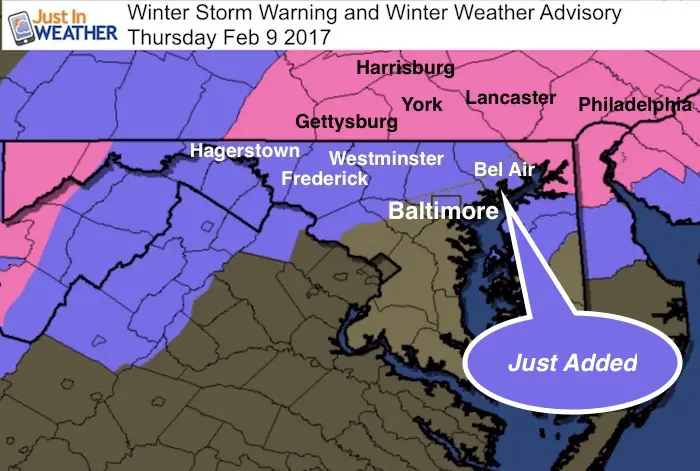



As a result, cities often have poor visibility into the climate future, putting in place measures that might not have the desired benefits or that could in some cases make things even worse. Yet city planners and officials lack data and models to help them protect residents from this warming and its increasingly severe impacts on health and well-being. Cities around the country and the world are swiftly warming while humanity is rapidly urbanizing. Researchers in Chicago Beaumont and Port Arthur, Texas and Phoenix will similarly be instrumenting their cities. The team will have a tidy sum-nearly $25 million-to create what Zaitchik hopes will be "the most meaningful urban environmental monitoring system in the world." Zaitchik plans to blanket selected Baltimore neighborhoods, including Old Goucher, with sophisticated instruments to measure temperature and flows of gases, wind, moisture, and heat to create an unprecedented urban climate data set. "I thought there was a zero percent chance we would win" one of the coveted awards, Zaitchik says.īut the proposal did win, alongside those from three other cities, out of dozens of entries.

The researchers proposed something unusual: a climate research project that would evolve in conversation with local community members. Ben Zaitchik, a researcher in the Johns Hopkins Department of Earth and Planetary Sciences, emailed colleagues at universities and agencies around the region and pulled together a team. Department of Energy surprised and thrilled climate scientists with a call for proposals for a new and ambitious Urban Integrated Field Laboratories (UIFL) program to deploy the power of modeling and measurement on behalf of climate-stressed cities. Old Goucher has become a key site for one of the best-funded equity-focused urban climate research efforts ever undertaken. They simply wanted to make their neighborhood more livable, and they say the greening has helped attract new coffee shops, bars, and restaurants.īut in the era of global climate change, their work is about to take on much broader significance. But we know why."Ĭross and his husband, Mateusz Rozanski, who moved here in 2012, have catalyzed much of the change. When people enter the neighborhood, "they feel better," says Kelly Cross, a resident and president of the Old Goucher Community Association. Along one block, more than 100 tons of asphalt and concrete were jackhammered and trucked away, replaced by an exuberant if somewhat unruly garden. Islands of soil have been carved out of sidewalks. Streets are lined with trees and understory vegetation. Today, Old Goucher is verdant-an increasingly lush oasis amid the concrete jungle. Old Goucher had a particularly susceptible population: people who came to be treated at the area's methadone clinics. Heat is a "silent killer," researchers say, and can be especially dangerous for older and vulnerable people who are unable to escape into air-conditioned spaces.


 0 kommentar(er)
0 kommentar(er)
